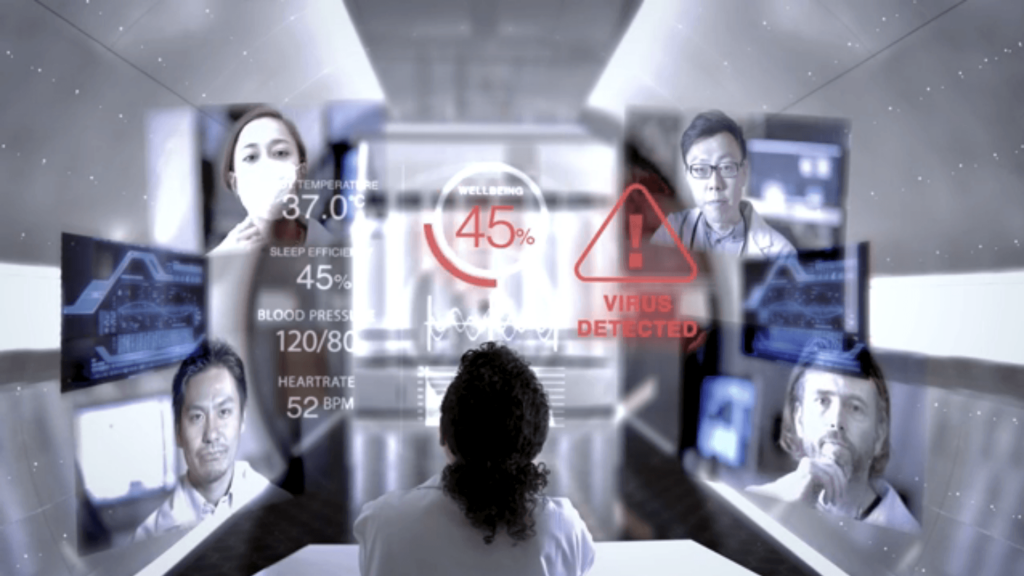Analyzer System Integration – Synaptic Business Automation
You could say that complexity and ever shorter forecasting periods are two scourges of the modern day and age. Trend based models move out of the predictable range faster and faster from the point of view of product demand, prices, processes and technologies. Usually much faster than we can write off our production facilities. And sometimes also faster than we can build new ones. In an ideal world, to enable us to respond sufficiently flexibly to changes and protect our investment, we’d intervene in an ongoing construction project and update it accordingly.
Small is beautiful
This implies that all our projects should be change oriented from the outset. The principle of SBA – Synaptic Business Automation – is to do things in a small way rather than think big on principle. Bigger is no longer inherently better. Smaller is faster and above all more flexible.
That’s how nature does it – and we can do it that way too
Living creatures in nature – and that includes us human beings – are capable of surviving because we’re change oriented. We can adapt to changes without thinking and without having to produce analyses and trends. If new demands are made on us, we train and learn from our mistakes. For instance, when we play the piano. If we spent too long thinking about which note we were reading and which key we should press, we wouldn’t even be able to keep time playing “Jingle Bells”. Fortunately, however, our nervous system adjusts to the new demands. The nerve cells we need to perform the right actions (the neurons) and the junctions between them (the synapses) grow, so that the connections are strengthened. They do it simply because we need them. The only reason why piano players can play so fast is that their nervous system has developed a synaptic piano playing app. And that app also works for other tunes – or at any rate, it helps the piano player adapt much faster. Our factory automation system needs to work in exactly the same way.
What is the role of PAT and ASI (Analyzer System Integration)?
PAT instruments and integrated analyzer systems are to process monitoring and control what eyes and hands are to a piano player. They, too, often have to deal with complex systems and data. And once again, apps can be used to ensure that the system adapts, for instance, or that it identifies trends and reacts faster to changes in the process than a human operator ever could do. They could intervene directly or they could simply recommend actions.
Maybe you’d like to discuss these issues further at our booth at the Frankfurt ACHEMA (Hall 11.1 / Stand E16). We look forward to meeting you there.
Synaptic Business Automation as the guiding theme at ACHEMA 2018




